Healthy Inclusion Through Art: Art and Young people
Art and creativity have always been thought of as beneficial to wellbeing and to mental health. The benefits of creativity lead to connection, to self-development and to creating meaning and purpose out of difficult experiences.
For young people especially, creativity could be their form of communication and self-expression. Adolescence is a time of identity formation and making sense of the world. Young people need outlets and ways to explore who they are, how they feel about life and the challenges they face.
The beauty of art is that it makes connection and interaction more accessible. It transcends language barriers, communication difficulties and helps young people find their commonality through collaboration. Interacting with each other through the sharing of materials or a group activity will help to develop their social skills.

Young person group art therapy sessions in Inchicore, Dublin
Art and Mental Wellbeing
Self Esteem
Art making builds young people’s self-esteem. Making mistakes, repairing them and beginning to see things from a different perspective helps them internalise a growth mindset and begin to see that they can do hard things. They can tolerate distress through trying, failing and trying again.
Using materials like clay develops their autonomy. They exert their power to shape clay however they want. They turn it into anything they choose.
Using paint and a canvas, the young person challenges themselves to overcome their uncertainty or fear. They use the paint to pour their feelings onto a canvas to be witnessed by others. They create something from nothing and feel proud of themselves in the process.
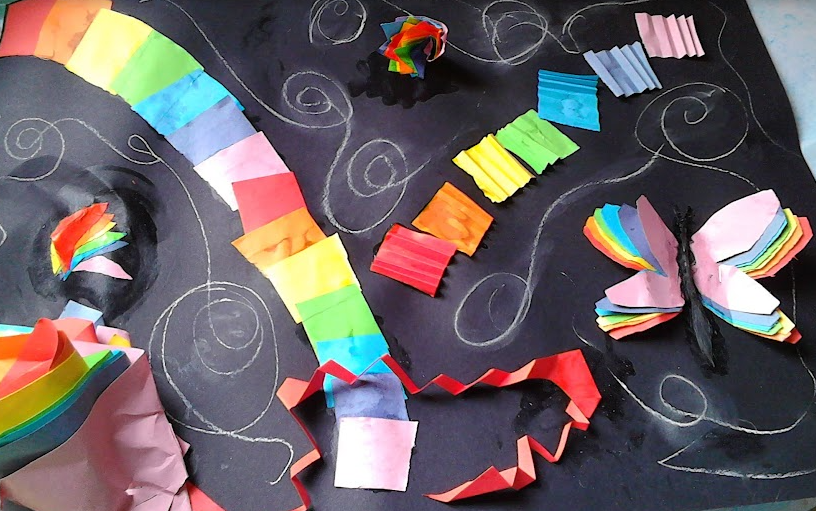
Young people often feel misunderstood and isolated. They might struggle alone, dealing with heavy burdens. When they find connection and begin to develop their innate creativity, the storms start to lift and they find their own potential and worth. They have a voice that matters and they need to feel that it does. We, as the audience can be their witness.
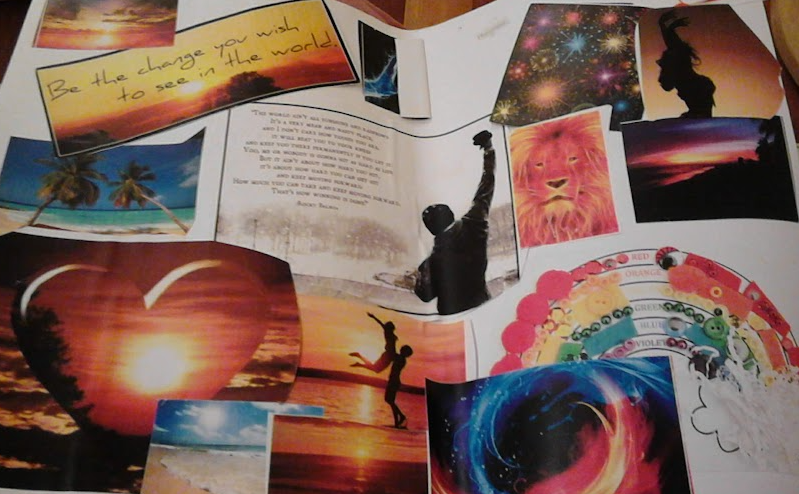
Collage made around self-esteem
Calming anxiety and soothing pain
Art activities like mandala creation, zentangles or doodling help young people settle anxiety and begin to focus. Detailed activities like this require concentration and engagement. This serves to distract from rumination and negative thinking patterns that fuel anxiety.
Doodling or creating patterns help to soothe the nervous system’s stress response and begin to calm the body. Studies have shown that creativity could also help to ease pain (Choi et al, 2021)
Using a mandala as a group exercise leads to improved interpersonal skills, connection, meaning making and a sense of collective understanding. Seeing the finished piece is a powerful experience. The young person can look and see their part in the whole.
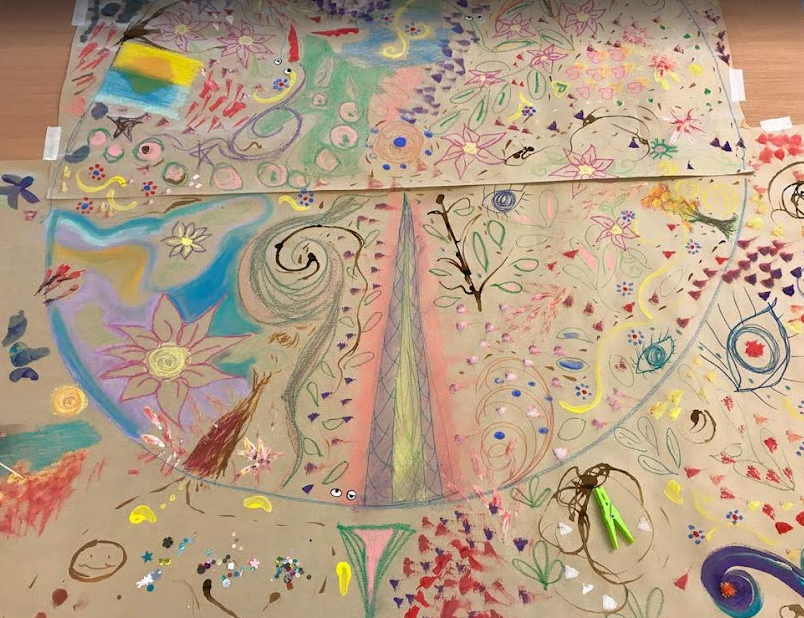
Group Mandala created in Inchicore, Dublin
Grief and Trauma
Some experiences cannot be expressed in words. They might be too painful, too all-consuming to speak about. Art gives young people an outlet to express their messy, uncontrollable feelings of grief or trauma (Malchiodi, 2020) They communicate in a way that doesn’t require words. If an experience feels too overwhelming for them to articulate, colours and shapes on a canvas can make you feel some of what they are feeling. Mess making shows how out of control it feels for them.

Free mess making by a young person in grief
Sensory materials also elicit deep exploration and give young people a way to deal with their emotions. It gives them a container for the grief; somewhere to put the feelings when they feel too big to hold. They get to feel that they have the ability to control at least this small part of their life experience. They choose what to make and what to do with what they have made. Destruction of their art can be a cathartic release for some. The art piece acts as a talisman to let go of (Schaverien, 1991)
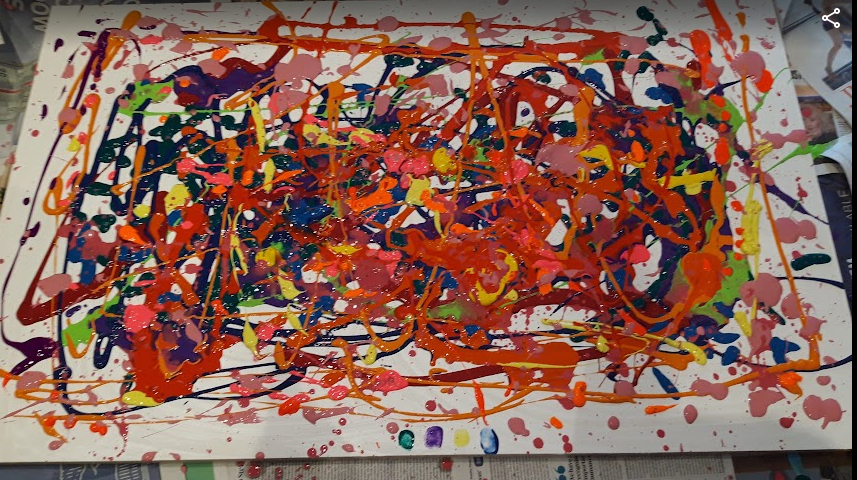
Image made about the loss of a pet
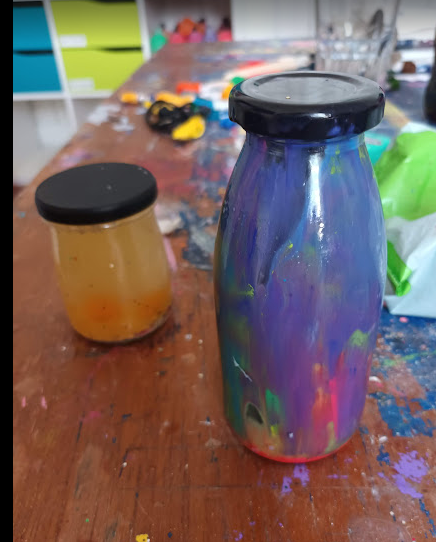
Free creativity by a young person in deep grief
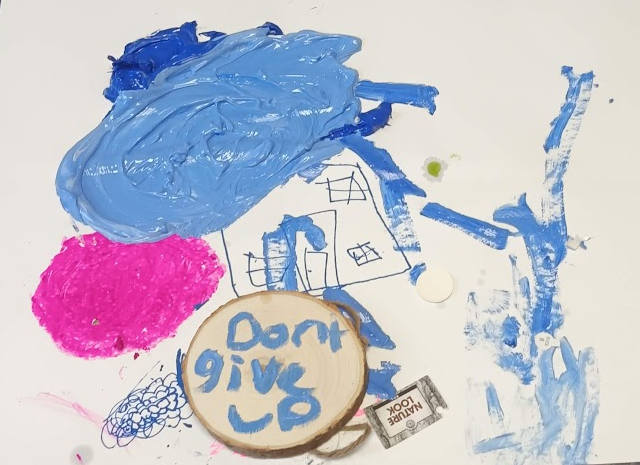
Young person art making around grief
Neurodivergence
Creativity also gives neurodiverse young people a way to communicate on their own terms and in their own way. They don’t need to be constrained and explore themselves and their world through the art supplies (Malchiodi, 2023)
Sand trays for example, allow the young person to illustrate their experiences through shapes, movement and placement of miniatures. There is no right or wrong way to do it, just their way. The meaning then speaks for itself or be explored afterwards through a narrative or a conversation (Homeyer & Lines, 2021)
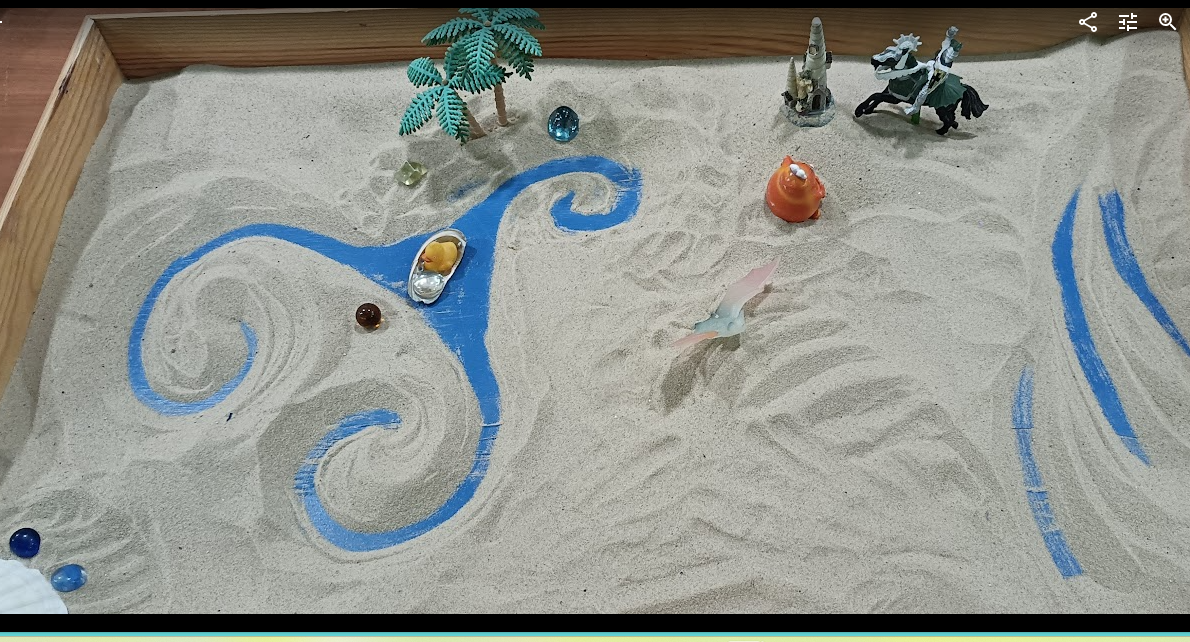
Promoting the arts for the benefit of young people
Communities and organisations need to provide the routes for young people to develop their talents and skills in art. Mentorships, apprenticeships and even providing space for mural creation will go a long way in giving the young person something to strive for.
Free artist talks and workshops will be inspirational for the developing young mind. It leads to new avenues of possibility that they may never otherwise have found, especially if they live in socio-economically disadvantaged areas.
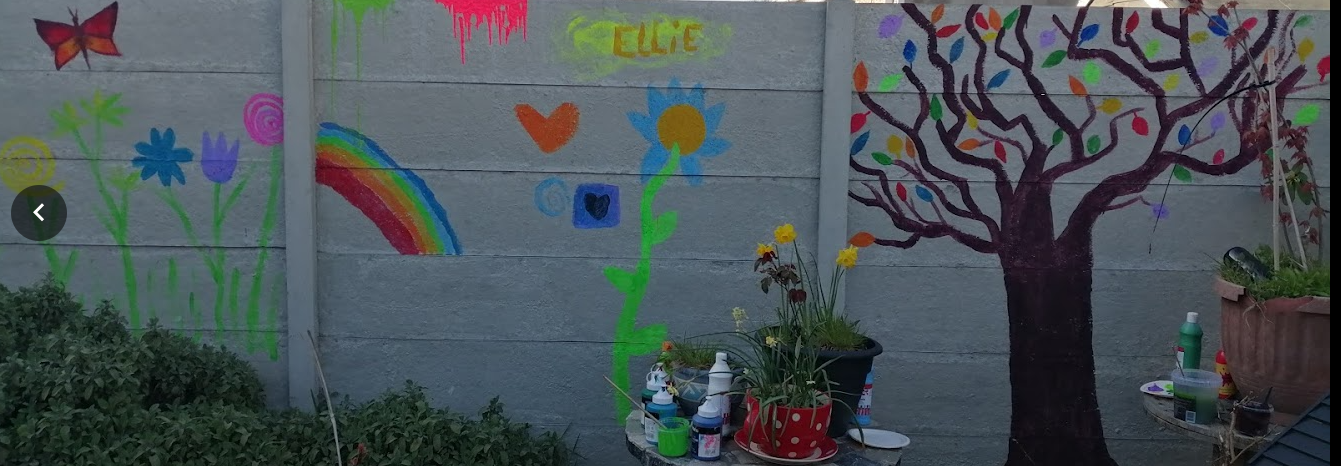
References
Andrade J. (2010). What does doodling do? Applied Cognitive Psychology, 24(1), 100–106.
Choi H, Hahm SC, Jeon YH, Han JW, Kim SY, Woo JM. (2021) The Effects of Mindfulness-Based Mandala Coloring, Made in Nature, on Chronic Widespread Musculoskeletal Pain: Randomized Trial. Healthcare (Basel). May 28;9(6):642.
Homeyer, L.E., & Lyles, M.N. (2021). Advanced Sandtray Therapy: Digging Deeper into Clinical Practice (1st ed.). Routledge.
Malchiodi, C. A. (2023). Restorative Attachment: Expressive Arts and Sensory Processing as Neurodiversity Affirming Practices.
Malchiodi, C. A. (2020). Trauma and expressive arts therapy: Brain, body, and imagination in the healing process. New York: Guilford Press.
Schaverien, J. (1999) The Revealing Image, Jessica Kingsley Publishers
AuthorDeirde McCormackIntegrative Counsellor/ Art Therapist and MIACP

